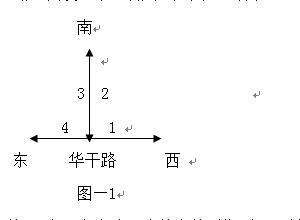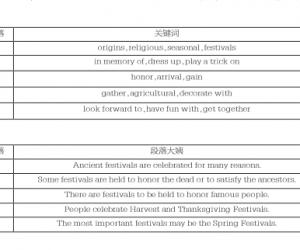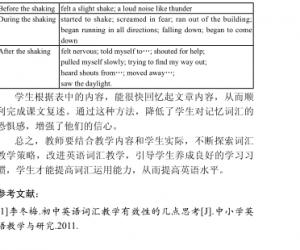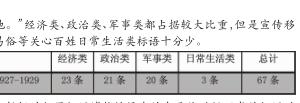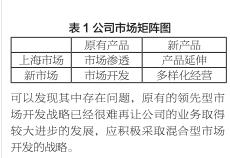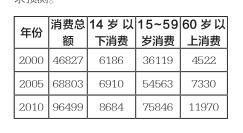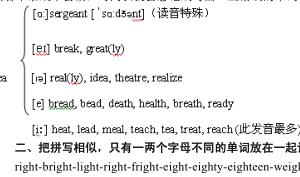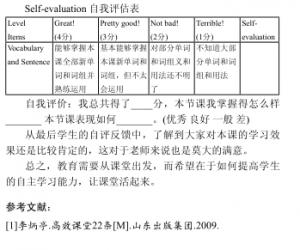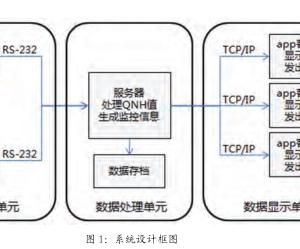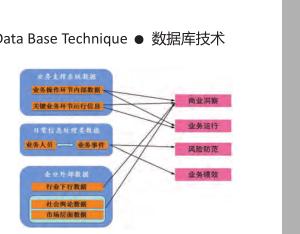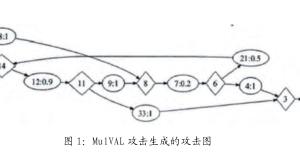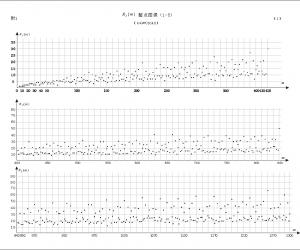Representing Deng Xiaoping: a Social-Semiotic Analysis of One Statue in Shenzhen
收藏
打印
发给朋友
发布者:lunwenchina
热度0票 浏览144次
时间:2019年12月13日 10:38
School of Foreign Studies Chang’an University/王倩【Abstract】 This paper presents an analysis of a statue of DengXiaoping completed in 2000. The analysis in this paper mainlyuses O’Toole’s frame work for analyzing sculpture in order toenhance our understanding of the social semiotic nature of publicmemorials.
【Key words】 Deng Xiaoping; social semiotic; statue1. Introduction
In this paper, the analysis of this statue uses O’Toole’sframe work in The Language Displayed Art (1994, 2011) foranalyzing sculpture, and probes into how the statue representsDeng Xiaoping by first analyzing its features, and theninterpreting these features against the social- political contextof the 20 anniversary of the establishment of Shenzhen SpecialEconomic Zone.
2. Literature Review
A statue, or sculpture, is an expression of meaning, it isa semiotic artifact. Sculptures, as semiotic artifacts, representthe world and enact social relations. This analysis from a socialsemiotic perspective analyzes the Deng statue in terms of howthe constituents construe meaning within a specific contextof situation. The theory underlying this approach is SystemicFunctional Linguistic (SFL).
3. Methodology
This paper makes use of O’Toole’s frame work in TheLanguage Displayed Art (1994, 2011) for analyzing sculpture, andprobes into how the statue represents Deng Xiaoping.
4. Results and Discussion
4.1 Representational Features
In this case, a stepping forward position suggests he isenergetic and looking at future. His stepping forward meansinsisting the policy of reformation and opening and be bold inexploration and practice.
4.2 Modal Features
Scale: A larger than life scale not only gives physical strengthbut also a heroic essence to the subject.
Equilibrium: The statue is vertically constructed and thrustsout of the ground with a height of 9.68meters. The plinth, whichis 3.68 meters above the ground, and the flower bed surroundingthe statue form a barrier to prevent the visitors from touching thestatue. People cannot touch this statue, which suggests the visitorsare meant to contemplate it rather than physically engage with it.
Address: Deng is looking at HongKong. Deng ischaracterized as energetic, spirited due to his posture steppingforward and looking at HongKong.
Modality: Deng is represented in a very life-like mannerin this statue. Features including his hands, wind coat, hair line,facial expression, his walking posture, and part of wind coatfloating are clearly shown. These features add to the authenticityof the statue.
Expressiveness: he is facing south and looking atHongkong. He is energetic and looking forward full of hope anddetermination.
Message: The general message conveyed by this statuesuggests Deng is a great leader and he is worthy of respect andadmiration.
4.3 Compositional Features
Proportion in relation to setting: this statue is located on theLotus Hill Park mountaintop square. Although the statue is fixedin this open square, it is surrounded by lots of ficus microcarpasand cypresses.
Materials: this statue uses bronze for the body of Deng andgranite for the plinth. Granite has likely been chosen for the plinthbecause of its strength and durability (Stille et al.2008).
Cohesion: The materials and texture used in this statue cansshow durability; the square and Shenzhen also establish thecohesion—these are memorial places of Deng.
4.4 The Age at Which Deng is represented
This statue was made according to one of Deng’s picturesthat was took in 1963 Deng visited Moscow. Deng is strong,healthy and energetic; in 1980s his thoughts are mature. The coreconcept of making statue is ‘walking’. Walking means practice,in developing economy, China should be bold in walking forward.
5. Conclusion
This paper uses O’Toole’s frame work to analyze Deng’sstatue. From analyzing the features of Deng’s statue, the analysisand interpretation can enhance our understanding of the socialsemiotic nature of public memorials. This statue witnesses thedevelopment of Shenzhen, and hopes Shenzhen become better andbetter. In all, this statue is meaningful and valuable for research andprotecting the history of reform and opening-up.
References:
[1]O’Toole,M.(1994)The Language of Displayed Art.
Madison,NJ:Fairleigh Dickinson University Press.
[2]O’Toole,M.(2001)The Language of Displayed Art.2nd edn.
London:Routledge.
[3]Stille,D.,Fichter,L.and Young.T.(2008)Igneous Rocks from Fireto Stone.Minneapolis,MN:Capstone Press.
作者简介:王倩(1992.03-),女,陕西商洛人,长安大学外国语学院在读研究生。





